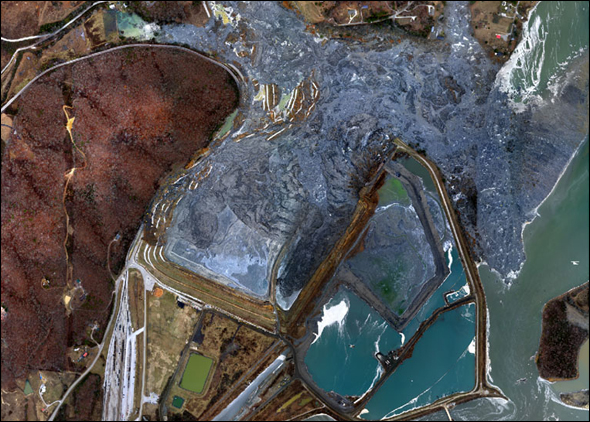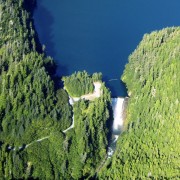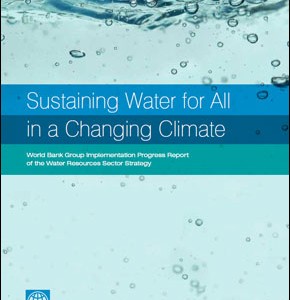Coal Ash Contaminates Groundwater and Drinking Water Sites in 21 States, Study Finds
The EPA must do a better job of regulating the waste and protecting the nation’s water supply, the groups argue

A new study by a coalition of environmental groups has documented 39 cases in 21 states where waste from coal-fired power plants has poisoned the groundwater and drinking water.
The August 26 study—by the Environmental Integrity Project, Earthjustice and Sierra Club—found that 39 coal combustion waste disposal sites in 21 states had contaminated water with toxic metals and other pollutants. An earlier study released in February had documented similar environmental harm at 31 coal combustion waste sites in 14 states.
“The contamination of water supplies, threats to people, and damage to the environment documented in this report illustrate very real and dangerous harms that are prohibited by federal law but are going on in a largely unchecked fashion at today’s coal ash dump sites,” said Jeff Stant, director of the Coal Combustion Waste Initiative at the Environmental Integrity Project.
“The need for more direct EPA involvement is clear; leaving enforcement to the same states that have refused to do their jobs for the last 40 years is simply not a responsible course of action,” Stant said.
Coal ash, the common name for coal combustion residuals, are the waste products left over after coal is burned to generate electricity. It can contain hazardous chemicals including arsenic, benzene, cadmium, mercury and selenium.
As the three environmental groups noted in their February report, coal-fired power plants generate nearly 140 million tons of fly ash, scrubber sludge, and other combustion waste every year. The toxic metals contained in the waste can cause cancer and neurological damage in people and poison fish.
A catastrophic 2008 coal ash spill at the Tennessee Valley Authority’s Kingston Fossil Plant led the U.S. Environmental Protection Agency to take a closer look at how the waste is stored, and hire contractors to conduct site assessments.
The spill resulted in a “tremendous” fish kill as it flowed into tributaries of the Tennessee River, which provide drinking water for the city of Chattanooga and hundreds of downstream communities in Tennessee, Alabama and Kentucky, The Chattanoogan reported. The 5.4 million cubic yards of spilled material—or more than a billion gallons—raised levels of lead and thallium above safe drinking levels in river water near the spill and resulted in elevated iron and manganese levels several miles downstream, according to The New York Times.
The EPA is holding a nationwide series of public hearings on the coal ash issue as the agency considers whether to seek tighter regulations of the waste.
The environmental groups charge that tighter rules are needed since state regulations have failed to protect the groundwater and drinking water surrounding coal ash dump sites.
“When contamination is documented repeatedly in monitoring at these sites, state agencies do not respond, or they allow operators and their hired consultants to explain it away without substantiation as somebody else’s fault, a sampling problem, or even nature’s doing,” according to the study. “The states almost never require the extent of the contamination to be determined, rarely sample off-site wells—even nearby private drinking water wells that are in the path of the contamination—and almost never require that contamination be cleaned up.”
The 21 states identified in the new report where coal ash dump sites are contaminating the water are Arkansas, Connecticut, Florida, Illinois, Iowa, Kentucky, Louisiana, Michigan, Nebraska, New York, North Carolina, North Dakota, Ohio, Oklahoma, Oregon, Pennsylvania, South Dakota, Tennessee, Texas, Virginia and Wisconsin.
The complete report, listing the 39 dump sites, can be found here.
Sources: The Chattanoogan, Environmental Integrity Project, Earthjustice, New York Times, U.S. Environmental Protection Agency, Wall Street Journal
Read more about coal ash contamination in Tennesse and Indiana on Circle of Blue.









Can you please list all 21 States? Thank you so much for addressing this most important issue!!!
Thanks for the comment, Diana. I’ve added the list of 21 states and a more prominent link to the full report at the bottom of the story.
If it is true that the great lakes absorb many of the toxic residues
from coal burning and from flyash, how much is retained in the water and how many years before it reaches the tipping point where life will become impossible in the lakes like the micro life etc.